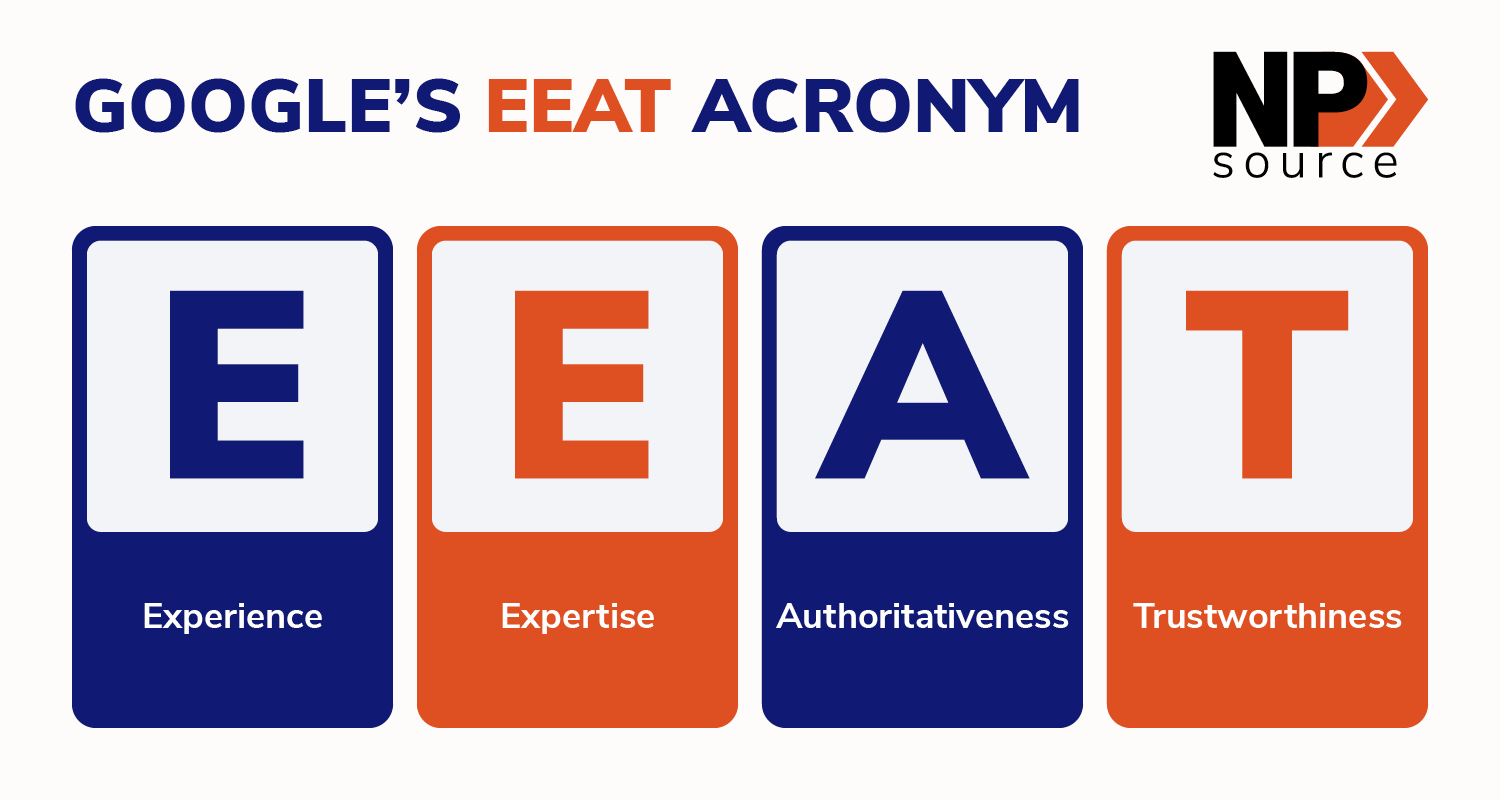Healthcare SEO Marketing Strategies to Expand Your Practice

Every day there are 70,000 health-related searches per minute. In the digital era of healthcare, ‘Dr. Google’ is on the rise as more patients and consumers research symptoms, practices, and health tips before ever stepping foot into a medical facility.
As a healthcare professional, this means you need to think like a patient when perfecting your organization’s online presence. But, you may be wondering, “How can I be sure my website will attract new patients and stand out from my competitors?” This is where healthcare SEO marketing comes into play.
When leveraged well, this marketing tactic can revolutionize your organization’s online visibility and bring in a steady stream of new customers. In this guide, we’ll explore the ins and outs of healthcare SEO marketing and discuss how you can use it to spotlight your organization’s exceptional care—let’s dive in!
What is healthcare SEO marketing?
Healthcare SEO marketing describes the process of optimizing a healthcare website and its content to drive more organic search traffic. This enables more interested customers to find your organization online through improved search rankings.
For example, if an individual were to search “best eye clinics” in Google’s search bar, Google would generate a search engine results page (SERP) of eye centers and expert ophthalmologists. You can assume the top practices listed have incorporated SEO best practices and, as a result, are being highlighted on the first page.
Keep in mind that 75% of online users don’t scroll past the first page of search results. That said, if you’re not taking advantage of a thoughtful SEO strategy, your customers will find your competitors before you.
Healthcare SEO marketing strategies
Healthcare SEO is an ongoing process that can take four to six months to realize results, but there are several strategies you can employ now to draw more qualified traffic straight to your website.
Conduct keyword research
Every SEO strategy (whether healthcare-related or not) begins by conducting in-depth keyword research. This process helps you determine the right keywords or phrases online users or patients use when searching medically-related subjects.
Organizations commonly use tools like SEMRush, Moz Keyword Explorer, or Google Search Console to research trending and relevant keyword options. Getting Attention’s Keyword Research Guide then suggests using keywords that follow this criteria:
- High search volume. A medical keyword might work for your organization, but if none of your patients are searching for it, it’s of no use to you. That said, it’s best to target keywords people are already searching for.
- Hyper-relevance. Choose keywords that directly relate to your organization and its services. This could include using long-tail over short-tail keywords. For example, a short-tail keyword could be “cardiologist” and a long-tail keyword could be “experienced Atlanta heart surgeon.” Your content can directly speak to the latter query.
- Low competition. Although sometimes unavoidable, you want to prioritize targeting relevant keywords with low competition. This way, your content will have a higher chance of being seen.
Keep in mind that a strong marketing strategy is based on understanding its audience, so make sure to analyze patient personas as part of your keyword research. Use your existing healthcare analytics to build audience personas and generate keywords based on their primary and secondary goals.
For example, a dental practice might discover that their patients are interested in topics like cavity prevention and general oral health. Based on this research, they could draft quality, SEO-optimized website content that answers queries and suggests users schedule an appointment if they have additional questions or concerns.
Adhere to E-E-A-T content standards
People visit your website looking for indications that they can trust your organization with their personal health. That’s why Google outlines the E-E-A-T (Experience, Expertise, Authoritativeness, Trustworthiness) standard for websites to adhere to. Though not a direct ranking factor, E-E-A-T is used by Google to assess quality. Let’s break down this acronym in more detail:

- Experience. Google values first-hand experience for the topic. This means that the content you produce can rank more highly if it is informed by your organization’s practical knowledge. Remember to stay HIPAA-compliant when relaying this information.
- Expertise. Having the knowledge, qualifications, and credentials needed to offer reliable information is a must for healthcare content writers. You can indicate your expertise by adding a short biography to the content you publish, so readers can ensure it’s high quality.
- Authoritativeness. This covers your overall reputation within the healthcare industry. For instance, WebMD is a well-known publication for medical advice as the authors are wellness professionals and the content is peer-reviewed by other medical professionals. Adding your logo and a clear biography can help ensure your reputation.
- Trustworthiness. Consumers are wary of healthcare misinformation. Be clear about your authors’ backgrounds, edit for accuracy, and cite reliable sources to increase credibility. If possible, avoid obtrusive ads since 47% of people are concerned that health-related information they find is trying to sell them something.
Healthcare sites that adhere to this standard tend to experience enhanced search performance. And, in the healthcare field, organizations must be especially careful to ensure their content aligns with this expectation. This is because Google enforces higher quality expectations for content related to personal health, finances, and safety.
Optimize your website
Your site speed, security, and mobile-friendliness are all ranking factors that Google takes into account when analyzing your content. Let’s take a closer look at how you can optimize your site based on these factors:
- Speed: Many people will bounce from your site and check out a competitor if it takes longer than a few seconds to load. Use Google PageSpeed Insights to check your current site speed. Factors like improperly sized images and inaccessible layouts can contribute to a longer loading time. You can sidestep these issues by investing in a healthcare-specific content management system (CMS) and compressing your image files before publishing.
- Security: An SSL certificate helps encrypt your site and protect its visitor’s data from hackers. Websites without this certificate are penalized by Google as it is a must-have for organizations that collect sensitive patient and population health data.
- Mobile-friendliness: 64% of searches are conducted using a mobile device. This means that the best way to encourage traffic is by incorporating a responsive design that automatically fits the screen it’s being viewed on. Accessible buttons, menus, text, and links are all features organizations need to ensure stay the same from device to device.
Perform regular ‘check-ups’ on speed and mobile friendliness before publishing any new content. If needed, schedule content freezes to update your CMS without the risk of losing any in-progress content. This way, you’ll keep your content accessible over time.
To truly take advantage of SEO, you must satisfy both your patients’ expectations and Google’s guidelines. Once you’ve mastered both of these, remember to adjust your strategies to any new search engine standards and patient research you’ve conducted along the way. Then, your website will continue to usher in qualified leads.


